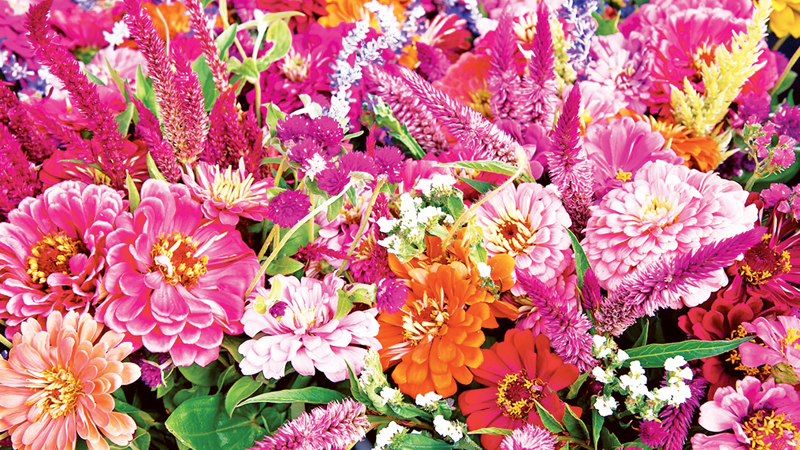Today, if we want to supplement our text and social media with a more visual element, we search for the right emoji; but in the 19th century, Victorians would’ve used flowers. In fact, due to the severe restrictions of Victorian society, an entire language in flowers was developed so that senders could express feelings and emotions through colorful coded messages. Consequently, Victorians carried floral dictionaries to decipher received bouquets and to compose their replies. Armed with the right knowledge, you too can send secret messages through beautiful bouquets.
Anemone
In art history, anemones were favorite flowers of Impressionist painters, like Monet. To Victorians, anemones carried dark undertones and meant forsaken.
Aster
The name aster comes from the Ancient Greek word for “star,” and this flower is recognized for its unique star-shaped head. To Victorians, the aster flower represented daintiness.
Camellia
As a 19th-century favorite, each color of camellia had a purpose.
Red camellias meant you’re a flame in my heart.
White camellias meant you’re adorable.
Pink camellias meant longing for you.
Carnation
The scientific name of the carnation is dianthus, which derives from the Greek words “dios” (genitive of “Zeus”) and “anthos” (meaning “flower”). They are therefore referred to as the “flower of Zeus.” Each color of carnation carried different meanings to Victorians:
Red carnations symbolized admiration.
White carnations symbolized purity.
Purple carnations symbolized capriciousness.
Pink carnations symbolized gratitude.
Yellow carnations symbolized rejection.
Chrysanthemum
In Victorian culture, chrysanthemums meant you’re a wonderful friend.
Daffodil
The Latin name for daffodil is narcissus, based on the tragic myth of the beautiful Greek hero who fell in love with his reflection. But in Victorian times, this flower meant chivalry and unrequited love.
My Modern Met



Add new comment